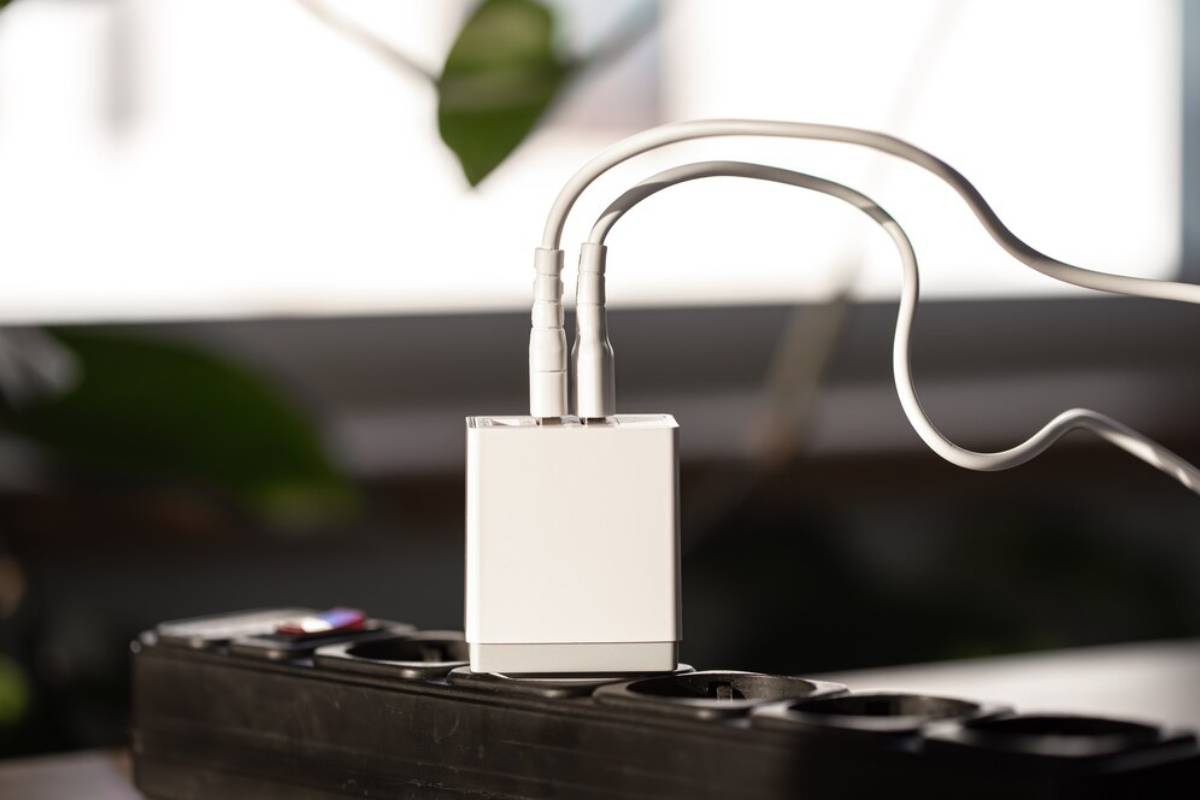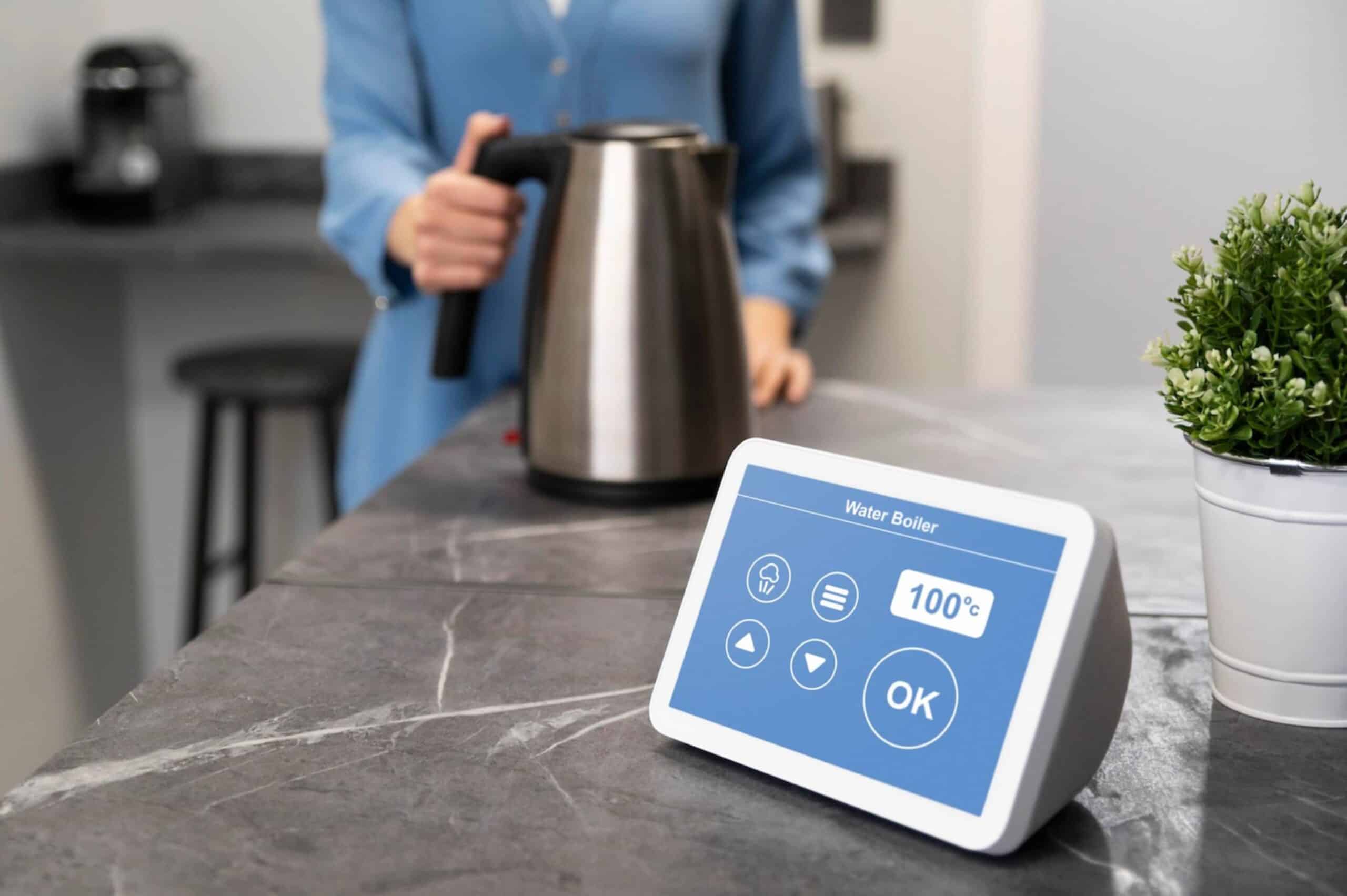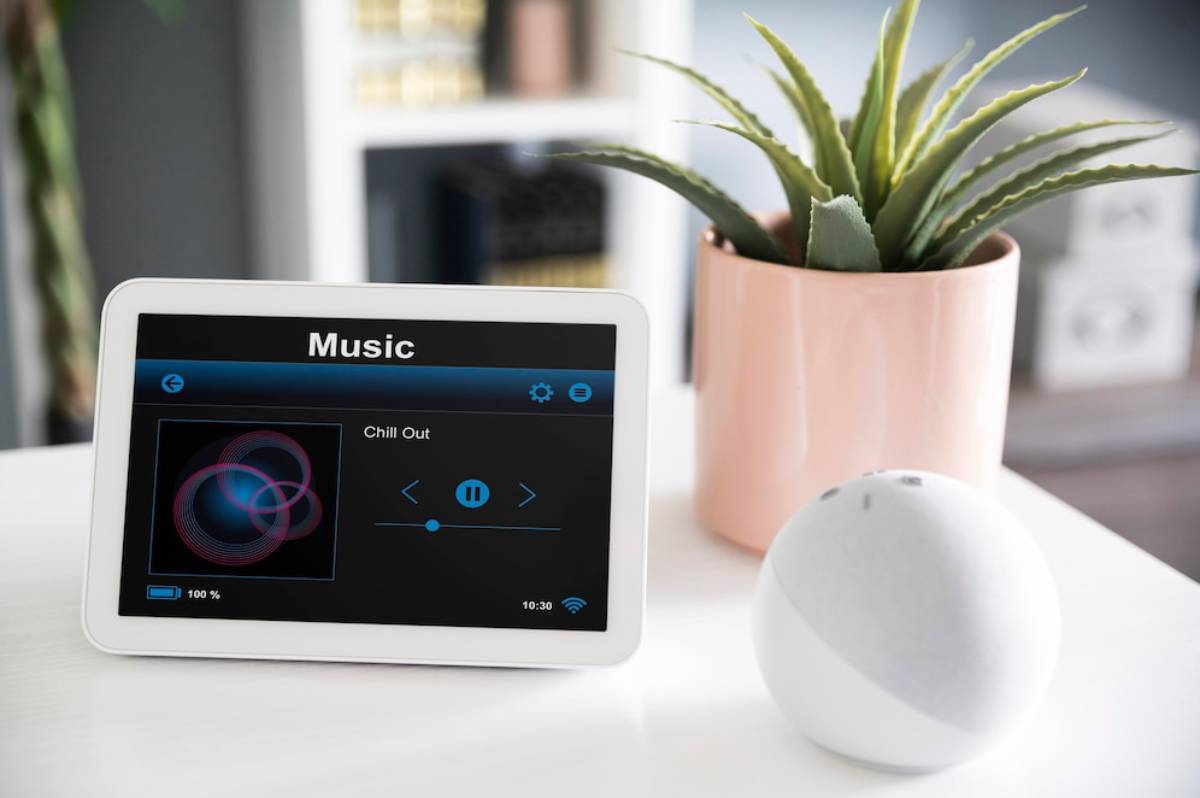
Best Smart Plugs and Power Strips for Automation
As smart homes become more sophisticated, it’s easy to focus on high-end devices like smart fridges or voice-controlled lighting. But some of the most effective automation begins with the simplest tools—smart plugs and power strips. These compact, affordable devices make it easy to control and monitor standard appliances, turning everyday items into home automation devices with minimal setup.
In this guide, we explore the best smart power strips and plugs of 2025, discuss what features really matter, and share practical tips for integrating them into your smart home routine.
Why Smart Plugs and Power Strips Matter

Smart plugs and power strips offer an easy entry into home automation. By plugging your existing electronics into a Wi-Fi-enabled outlet, you gain remote control, scheduling, voice commands, and even energy monitoring, without replacing your appliances.
Whether it’s scheduling a coffee machine to brew before you wake or turning off a space heater when you leave, these small tools can lead to big lifestyle improvements. Plus, they help reduce energy waste, improve safety, and make your smart home setup more versatile.
Real-Life Applications of Smart Plugs and Power Strips
These adaptable devices are ideal for controlling a wide variety of appliances and accessories:
- Morning routines: Schedule kettles or toasters to start with your wake-up alarm.
- Lighting control: Automate table lamps, floor lights, or holiday decorations with daily schedules or voice triggers.
- Energy savings: Cut power to standby electronics like printers, TVs, or gaming consoles overnight.
- Child safety: Disable devices like irons or fans remotely for peace of mind.
- Home security: Set lights to switch on at dusk or at random intervals to simulate occupancy.
From small flats to large homes, smart plugs make automation accessible in every room.
Key Features in the Best Smart Power Strips and Plugs
1. App and Voice Control

Top smart plugs and strips work with popular voice assistants—Alexa, Google Assistant, and Siri (via HomeKit)—allowing you to control appliances hands-free.
Look for products with robust app interfaces for:
- Remote on/off control
- Schedule setting
- Timer functions
- Energy usage monitoring (if supported)
Popular apps include TP-Link Kasa, Meross, Tapo, Smart Life, and Amazon Alexa.
2. Energy Monitoring
Many smart plugs offer real-time and historical energy data, showing you how much power connected devices consume. This helps reduce unnecessary use and understand which appliances draw the most energy.
Some models send notifications or shut off devices automatically when a preset usage threshold is reached.
3. Scene and Routine Integration
The best smart plugs allow you to build them into your broader smart home routines. For example:
- “Goodnight” routine: turn off all lights and disable plugs powering entertainment gear.
- “Leaving home”: switch off non-essential devices and enable smart cameras or alarms.
- “Work mode”: power on the coffee machine, lamp, and monitor with a single command.
Scene-based automation makes smart plugs more useful and context-aware.
4. Independent Outlet Control (for Strips)
Smart power strips typically include multiple sockets, and the best models allow individual control of each one. This means you can power off your printer without interrupting your router or desktop setup.
USB ports may also be included, though not all are switchable. Check specs carefully to see how each output is managed.
Expert Tips for Using Smart Plugs in Home Automation
1. Start Small, Then Expand
Begin by automating a few items—like lamps or coffee machines—and gradually incorporate more devices. This helps identify which appliances benefit most from smart control and where routines offer the most convenience.
2. Pair with Sensors
For advanced automation, combine smart plugs with motion, contact, or occupancy sensors. For example:
- Plug in a hallway light and set it to activate when motion is detected at night.
- Connect a fan that turns on when a room’s temperature exceeds 24°C.
These combinations make automation feel seamless and intuitive.
3. Label Devices in the App
Naming your smart plugs—such as “Living Room Lamp” or “Desk Fan”—makes voice commands and app navigation much easier. Use grouping features in the app to organise plugs by room or function.
4. Use Vacation Mode or Random Scheduling
Some smart plugs offer randomised power-on/off cycles, ideal for deterring intruders while you’re away. Activate this mode to simulate presence and make your home look lived-in, even when it’s empty.
Common Mistakes to Avoid
1. Overloading Outlets
Smart plugs and power strips have maximum wattage ratings—typically around 1,800w for a plug and 3,000w for a strip. High-draw appliances like kettles, space heaters, or irons may exceed these limits and pose safety risks.
Always check the device rating before plugging in heavy-load items.
2. Skipping Compatibility Checks
Not all smart plugs work with every assistant. Some support Alexa and Google, but not HomeKit. If you’re invested in the Apple ecosystem, look for HomeKit-certified plugs or those supporting Matter for wider compatibility.
3. Relying Solely on Manual Control
While it’s handy to control plugs from your phone, the real value comes from automation. Use schedules, triggers, and routines to make them act without input—this is what truly enhances daily life.
4. Forgetting About Firmware Updates
Many smart plugs receive firmware updates that improve performance or add new features. Make sure your app is up to date and that automatic updates are enabled.
Set a quarterly reminder to check for firmware updates, especially if you notice any glitches.
Advanced Insights: Best Smart Plugs and Power Strips 2025
TP-Link Kasa Smart Plug Mini (EP10)
- Compact, reliable design
- Supports Alexa and Google Assistant
- Full app scheduling and timer options
- Great value for money
Ideal for: General use throughout the home.
Meross Smart Plug (HomeKit Compatible)
- Works with Siri, Alexa, and Google Assistant
- Energy monitoring included
- Strong HomeKit performance
- Compact and durable
Ideal for: Apple-centric households seeking easy automation.
Amazon Smart Plug
- Native Alexa support
- Seamless setup with the Alexa app
- No energy monitoring
- Stable and secure with Amazon Echo devices
Ideal for: Alexa users who want hassle-free integration.
Eve Energy Smart Plug
- Supports Apple HomeKit, Thread, and Matter
- Advanced energy monitoring with detailed insights
- Works without cloud services for improved privacy
- Premium price point
Ideal for: Privacy-focused users or those invested in the Apple ecosystem.
TP-Link Kasa Smart Power Strip (HS300)
- 6 individually controllable outlets + 3 USB ports
- Real-time energy monitoring
- Voice and app control
- Surge protection built-in
Ideal for: Home offices, media centres, or charging stations needing multi-device control.
Conclusion: Small Devices, Big Impact

Smart plugs and power strips may be compact, but their impact on your home automation devices strategy is massive. They allow you to modernise existing appliances, simplify routines, improve safety, and reduce energy usage—without complex installations or costly upgrades.
Whether you’re starting with a few scheduled lights or managing power for your entire home office, the best smart power strips and plugs of 2025 offer flexibility, performance, and integration with all major smart ecosystems.
With thoughtful use and smart scheduling, these humble devices can quietly become the backbone of a more efficient, more intelligent home.


